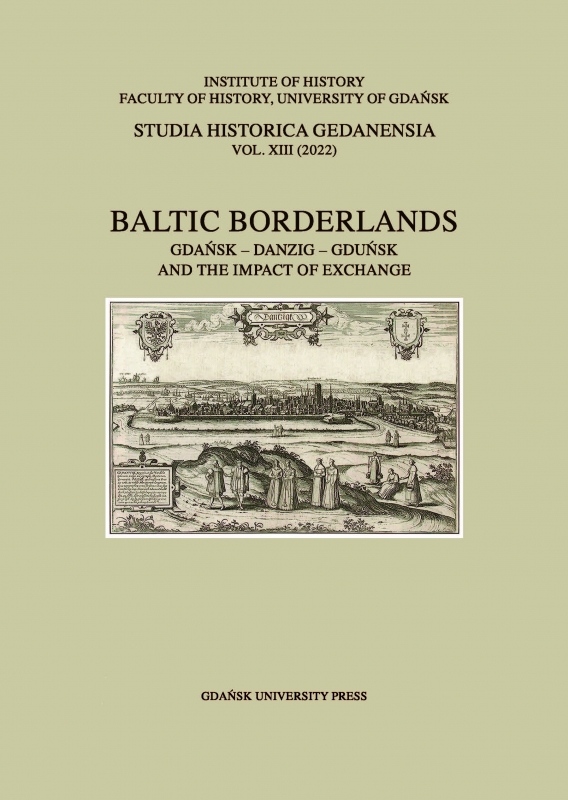Art and Science in Early Modern Gdańsk
Art and Science in Early Modern Gdańsk
Author(s): Anna SobeckaSubject(s): History, Cultural history, Local History / Microhistory, Modern Age, 17th Century, 18th Century, History of Art
Published by: Wydawnictwo Uniwersytetu Jagiellońskiego
Keywords: Art; science; collection; Hevelius; Breyne; Gottwald; Klein; Leibniz
Summary/Abstract: The 17th and 18th centuries were a period of the development of art and science in Gdańsk. Johann Hevelius, was the most famous astronomer of that time. He cooperated with the best artists: Jeremias Falck, Daniel Schultz and Andreas Stech. Hevelius’s second wife Elisabeth was also dedicated to science and the couple were shown together at work. Scientists” collections and cabinets in Gdańsk provided a platform for the exchange of ideas. The artists interested in observing nature were incorporated into the circle of discussants. Samuel Niedenthal who studied both the fauna and flora worked together with two other researchers and collectors form Gdańsk: Christoph Gottwald – doctor of medicine and botanist – Jacob Breyne. Gdansk naturalists themselves attempted to draw or to sculpt. Passions for art and science as well as collecting have sometimes been continued by subsequent generations. Johann Philipp Breyne and Jacob Theodor Klein supported the artistic education of their daughters. Their drawings were both used as models to make scientific illustrations and were artistic objects used also for exchange. Gdańsk scientists collected paintings, drawings, prints, and scientific as well as natural specimens. Their collections were dynamic and consistent with the emerging idea of a nature and art” developed by Gottfried Leibniz.
Journal: Studia Historica Gedanensia
- Issue Year: 2022
- Issue No: 13
- Page Range: 53-69
- Page Count: 17
- Language: English

